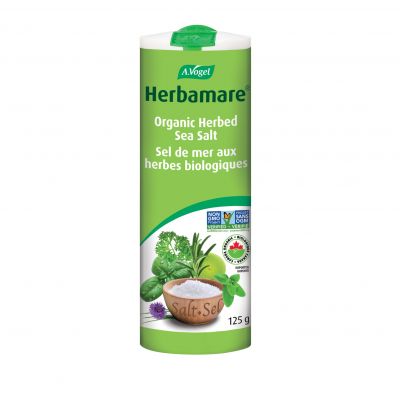History of Lactuca sativa
The journey of Lactuca sativa begins in ancient Egypt, where it was not only a popular food item but also revered for its medicinal properties. Hieroglyphics depict lettuce as a symbol of fertility due to its association with Min, the god of reproduction. The Greeks and Romans also recognized its therapeutic qualities, using it as a sleep aid and pain reliever.
Pliny the Elder, a first-century Roman author, wrote extensively about its uses in his magnum opus, Historia naturalis. This 37-volume codex is thought to be the first scientific encyclopedia.
The Middle Ages saw lettuce being cultivated across Europe, and by the 16th and 17th centuries, it had spread to the Americas with the European settlers. Initially grown for medicinal purposes, it gradually became known for its psychoactive properties as a weak opium
Pharmacological Profile
Wild lettuce contains a diverse range of bioactive compounds. Among these, the most notable are sesquiterpene lactones like lactucin and its derivatives, which are found in the milk latex of the plant.1
The research on lettuce as a sleep aid focused on another key substance in addition to lactucin, the active substance known as lactucopicrin. These compounds are significant because they are the ones primarily responsible for the sedative, or sleep-inducing, effects of lettuce. When scientists extract these substances from the plant, they find that the more lactucin and lactucopicrin an extract contains, the stronger its ability to induce sleep.2
The way these compounds work is particularly interesting. They interact with the body’s gamma-aminobutyric acid (GABA) systems, which is a crucial neurotransmitter in the brain. Think of neurotransmitters as messengers that help neurons communicate with one another. GABA’s main role is to reduce the activity of the brain cells and central nervous system, which has a calming effect on the body. It’s like a parent turning out the light, signaling to the body and mind that it is time to slow down and prepare for rest.
Research and Its Use in Sleep
In recent years, there has been a resurgence of interest in the properties of Lactuca sativa with early studies looking to explore the claims made by ancient civilizations regarding its efficacy in promoting sleep and reducing pain. Early studies into these effects are promising, suggesting that lettuce, particularly in certain extracts where its compounds are concentrated, could be a natural alternative to help with relaxation and sleep. It’s important to note that while these initial findings are intriguing, more data is needed to fully understand its effects and potential benefits.
Key Benefits
- Sleep-Inducing Effects: A 2013 study published in the "Journal of Ethnopharmacology" investigated the impact of lettuce on sleep. Researchers used mice to demonstrate that extracts from the plant significantly increased sleep duration. As mentioned earlier, the effect was attributed to the modulation of GABAergic transmission, a mechanism also employed by many modern sedative drugs.3
- Pain-Relieving Effects: Once referred to as ‘opium lettuce’, wild lettuce was used for pain relief across much of Egypt. A study from 2015 looked at aqueous extracts of the leaf in rats to relieve pain and found the herb to be highly effective.4
Contemporary Applications
Today, wild lettuce is being revisited by A.Vogel as a potential therapeutic agent. Its mild sedative effect makes it an appealing option for individuals seeking natural sleep aids.
Next to Come
The story of Lactuca is one of rediscovery. From its origins in ancient civilizations to its current role in modern research, this humble plant has proven to be more than just a culinary ingredient.
As research continues to unravel the mysteries of this herb, we are able to blend ancient wisdom with contemporary science, offering promising natural solution for some of today’s health challenges.
Reference
- Ilgün, Selen, et al. "Sedative effects of latexes obtained from some Lactuca L. species growing in Turkey." Molecules7 (2020): 1587.
- Kim, Hyo-Won, et al. "Effectiveness of the sleep enhancement by green romaine lettuce (Lactuca sativa) in a rodent model." Biological and Pharmaceutical Bulletin10 (2019): 1726-1732.
- Ghorbani, Ahmad, Hassan Rakhshandeh, and Hamid Reza Sadeghnia. "Potentiating effects of Lactuca sativa on pentobarbital-induced sleep." Iranian journal of pharmaceutical research: IJPR2 (2013): 401.
- Ismail, Hammad, and Bushra Mirza. "Evaluation of analgesic, anti-inflammatory, anti-depressant and anti-coagulant properties of Lactuca sativa (CV. Grand Rapids) plant tissues and cell suspension in rats." BMC complementary and alternative medicine1 (2015): 1-7.







